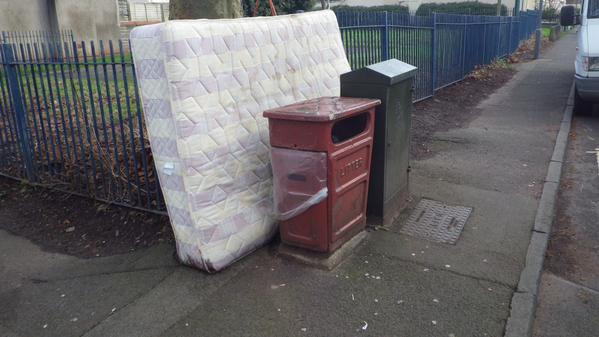Bristol City Council must have a real bullshit crisis
Responses have been received to my recent Freedom of Information Act (FoI) requests requests to Bristol City Council.
These concerned the relative numbers of staff involved in press, PR, etc. and so-called ‘streetscene (i.e. fly-tipping, litter, dog fouling and the like). This is a subject which this blog has tackled previously. However, I felt it necessary to obtain the most up-to-date figures I could.
The FoI request re press, PR and communications officers read as follows:
Dear Bristol City Council,
This is a request for information under the Freedom of Information Act.
Kindly disclose the number of press, public relations and communications staff/officers who are employed at present by Bristol City Council and/or have their place of work in Bristol City Council offices.
Yours etc.
The response to the request reads:
The number of press, public relations and communications staff/officers who are employed at present by Bristol City Council and/or have their place of work in Bristol City Council offices:
(The list below shows the number of full-time equivalent staff)
Service Manager: Corporate Communications x 1
Service Manager: Public Relations x 1
Design Manager x 1
Senior Designer x 1
Designer x 4.49
Assistant Designer x 5
Senior Communications & Marketing Officer x 5.41
Senior Communication Officer – Enterprise Zone x 1
Senior Communication Officer (Corporate Campaigns and Special
Projects Team) x 0.81
Marketing & Communications Officer (Level 1 and 2) x 9.51
Marketing & Communcations Support Officer x 4
Internal Communications Manager x 1
Internal Communications Support Officer x 2.39
Channel Editor (Level 2) x 1
Digital Public Relations Officer x 2
Senior Public Relations Officer x 1.2
Public Relations Officer x 5
Exhibition Designer x 1
Apprentice x 1
Total Full-Time Equivalents: 48.81
The following request was submitted in respect of streetscene enforcement officers.
Dear Bristol City Council,
This is a request for information under the Freedom of Information Act.
Kindly disclose the total number of streetscene officers who are employed at present by Bristol City Council, as well as the total number employed in the last financial year.
I would also be grateful if you would inform me whether the said officers are employed full-time or part-time and how many, if any, are on long-term sick leave.
Yours etc.
This was duly answered as follows:
Our reply to your request is:
In 2014/15 we employed 5.7 full-time equivalent (FTE) Streetscene Enforcement Officers up until November 2014. Since November 2014 we have employed 4.7 FTE. There are four full-time officers and one
part-time officer. Presently, we plan to recruit an additional 1.5 FTE.There are currently no Streetscene Enforcement Officers on long-term sick leave
The staffing situation is thus more out of kilter than was originally imagined. Bristol City Council is now actually employing more press, PR and communications staff than when examined previously by the Press Gazette in its FoI request.

Presumably this is due to the additional quantities of bullshit needing to be shovelled out of the Council House due to Bristol’s unwarranted elevation this year to European Green(wash) Capital.
On the other hand, council staffing managers have deemed that the city can get by with a maximum of 6 people chasing fly-tippers and litter droppers for the time being.

In my opinion the city would be a tidier and more truthful place if the above numbers were reversed, with the council employing 49 enforcement officers (they’re really needed! Ed.) and under 6 press, PR and communications wonks.
Whether you agree or disagree with my opinion, please feel free to comment below.














